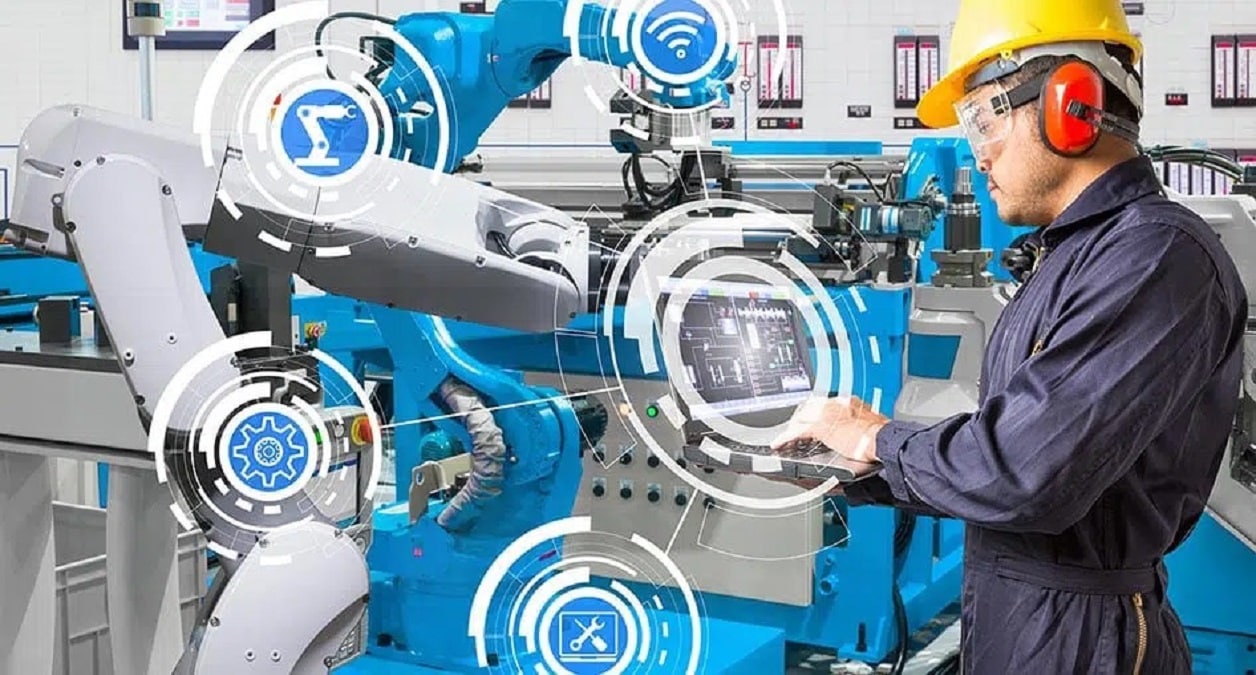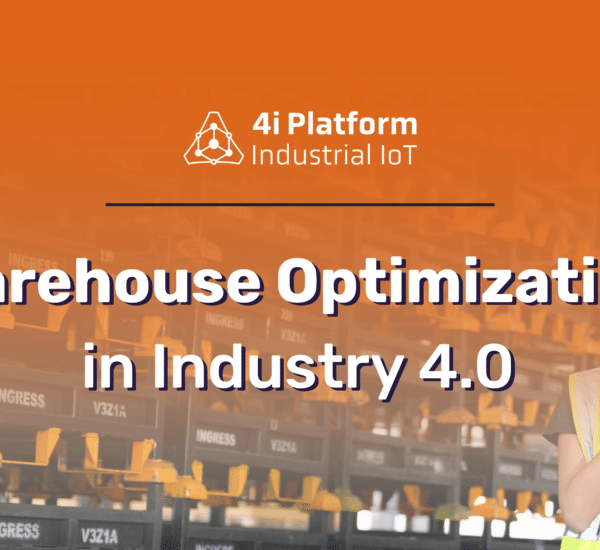Industries across the board use the Internet of Things to help increase efficiency and value in their supply chains and logistics operations. IoT-enabled asset tracking, as an example of a factory automation system, allows businesses to know the location and condition of assets at any time during shipping.
IoT platforms allow for end-to-end asset management systems. They provide a complete view of raw materials, work in progress (WIP), and real-time tracking that extends from fulfilment to delivery.
An assessment of the health and condition of capital equipment used for production and transportation reduces downtime, repair costs, and outages. With wireless sensors, businesses can get a comprehensive view of the logistics chain. They can also use the data from the sensors to locate high-value cargo.
No matter if a company has the complete logistics chain or shares resources with others, decision-makers need to be able to see real-time information at all points. Comprehensive supply chain management systems allow for predictable planning, minimal inventory loss and regulatory compliance. They also enable satisfied customers.
The IoT is essential for asset management. Nonetheless, corporations must be able to connect remote sensors wirelessly to the internet from multiple locations.
Why Use Wireless Technology in Factory Automation
The perfect wireless technology should be cost-effective, standards-based, and efficient. It must also be capable of spanning long distances. Wi-Fi HaLow (IEEE 8021.1ah) is an industry standard wireless solution that allows for secure and bidirectional information flow.
A sub-1 GHz protocol, Wi-Fi HaLow uses narrower channels than the 2.4 GHz and 5 GHz Wi-Fi, as well as the 6 GHz new Wi-Fi versions. Wi-Fi HaLow provides a low power, long-range solution with a significantly higher throughput than other proprietary wireless technologies. This contrasts with any other proprietary wireless technology which would be limited in reach, data capacity, and battery life.
Furthermore, equipment suppliers can use Wi-Fi HaLow optimized chips and protocol stacks for wireless asset tags and trackers.
These wireless IoT devices can connect to the internet using standard HaLow Access Points (APs) in all areas of logistics and warehouse management. The following four use cases for factory automation and asset control demonstrate the benefits of Wi-Fi HaLow technology in supply chain logistics: pickers and scans, tags and trackers, large warehouses, factories and security systems.
Robust Signal Strength for Pickers and Scanners
Wireless IoT networks must provide the bandwidth necessary for secure data transmission. They also need to establish strong connections for asset management, logistics, and factory automation systems. For instance, automated robotic product handlers and mobile workers need the ability to move across large areas without losing connectivity.
Wi-Fi HaLow allows forklift operators to seamlessly move across aisles while robotic equipment transfers stored goods to distant sorting stations.
Wireless networks face many challenges in warehouses and other large-scale storage environments. Access to power is also a problem. For uninterrupted wireless connections, many popular handheld IR scanners and printers must be charged or plugged in to a wall power source.
Wi-Fi HaLow communication links consume less power than proprietary wireless solutions. This energy efficiency increases battery life. Besides, it allows mobile devices to move freely on the warehouse floor rather than being plugged into wall sockets. Wi-Fi
Another use of HaLow is to bridge RFID scanners that require mobility to other areas of the warehouse and loading dock.
Bandwidth of Large, High-Density Warehouses and Factories
To manage today’s factory and warehouse environments, advanced network infrastructure is essential. It should be able to support a wide variety of wireless sensors and mobile devices. The technology must be capable of supporting staff, equipment and security devices in factories, shipping, and warehouses. It also needs to be able to support building automation systems, heating, power, lighting, and safety.
Legacy wired networks for factory automation systems are built on proprietary protocols. Their infrastructure is rapidly aging and cannot meet modern equipment’s needs in terms of reach, capacity, security, and reliability.
Wi-Fi coverage is possible in factories and warehouses measuring 100,000 square feet by connecting many access points. Each AP needs a Power over Ethernet connection (PoE), which is back to a wiring closet. A server-based controller can manage roaming and security.
The maximum number of clients that can receive Wi-Fi is rather small. This could easily reach the hundreds per AP.
Wi-Fi HaLow AP signals travel 10 times farther than traditional Wi-Fi at 2.4 GHz, covering 100 times more surface area and 1000 times more volume. Sub-GHz signals are more efficient than traditional Wi-Fi signals at 2.4 GHz, as they can penetrate the manufacturing floor and multiple shelves.
Each HaLow AP supports 8191 client devices. This is significantly more than traditional Wi-Fi. Wi-Fi HaLow makes network deployment simple and affordable. Wi-Fi HaLow connectivity can also be integrated into existing warehouses and factories without compromising the wireless performance of high bandwidth networks or wiring closets.
Factory Automation Systems for Safety and Security
Factory automation systems like smart access technology, motion detectors, and surveillance cameras are all available to monitor production lines and goods in transit and storage.
Combining smart lighting fixtures with connected door locks can address safety concerns in buildings. They can also protect employees and raw materials involved in manufacturing, warehouse storage, and shipping.
Wi-Fi HaLow offers ample bandwidth to support wireless cameras and sensors deployed in difficult-to-reach places or areas where wireline power is not possible.
Wi-Fi HaLow can extend signal coverage beyond the warehouse by using wireless tags or tracking devices. Shippers can track high-value assets and lost pallets from anywhere at any time.





